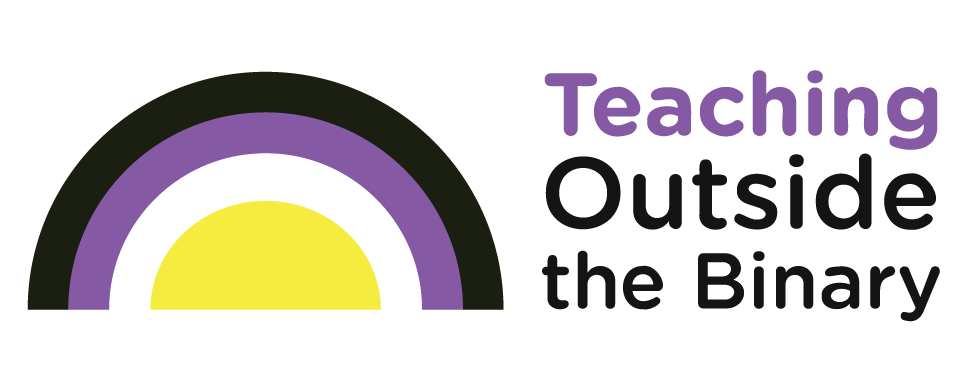Source: Freepik
It’s officially been a year since my Get To Know You sheet went viral. I wanted to offer the following reflection/advice since I’ve learned a lot and am constantly growing in my understanding of how to create inclusive classroom spaces.
As with many things, the first time something is introduced doesn’t always go smoothly. A big reflection point for me is the first time I introduced the Get To Know You sheet (linked here). The name section was straightforward, but when it came to the pronouns, so many students were confused. Almost all of them had never been asked for their pronouns before, so they had no idea how to answer the question. Some wrote inauthentic answers like “my pronouns are brick,” which was not helpful for me or them, and caused harm for any transgender students. I had to backtrack and explain what I meant by the question as well as why joke answers were not okay. So, definitely room for improvement.
The second year, I explained what I meant when I asked for their pronouns. This went slightly better, but I still had cisgender students asking why I bothered. Why did I care what their pronouns were? I realized in order to normalize the practice of asking for pronouns, students needed to understand why we should ask for them in the first place.
I finally felt like I got it right the third year (last year). When asking for pronouns, students should understand what we are asking for and why we are asking for them. Here is a brief script that I currently use with all my middle school classes to help make this super clear:
My name is Mx. Schwarz, and my pronouns are they/them/theirs. This means that you would replace my name with the pronoun "they". For example, instead of saying "Mx. Schwarz is a science teacher," you'd say "They are a science teacher." We can't know someone's pronouns based on their name or appearance, so it's important to ask. In this class, we respect everyone, and that includes not making assumptions about each other. I want to honor your pronouns and not make assumptions about which ones you use based on your name and appearance, which is why I'm asking for them.
Students (and parents) tend to assume that when we ask for pronouns we’re asking about gender identity, and we’re not. Pronouns are not synonymous with gender. What we’re really doing is respecting people and how they want to be referred to. Notice in the above example, the word “gender” appears zero times because that’s not what this is about. When students understand that I don’t want to make assumptions about them, it tends to make more sense.
Asking for pronouns does not just benefit transgender, non-binary, and gender non-conforming students. It benefits cisgender students as well because they learn the importance of a) not making assumptions about people based on their name or appearance and b) normalizing the practice of asking for pronouns. You can absolutely have conversations about not making assumptions with young kids and teach about personal pronouns.
I hope this is helpful! This article from MyPronouns.org was super helpful for me as I was developing the language for the above statement, and it might be helpful for you too! I’d also encourage this conversation with your staff members as well. Adults should learn why this is important too.

